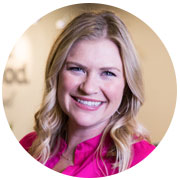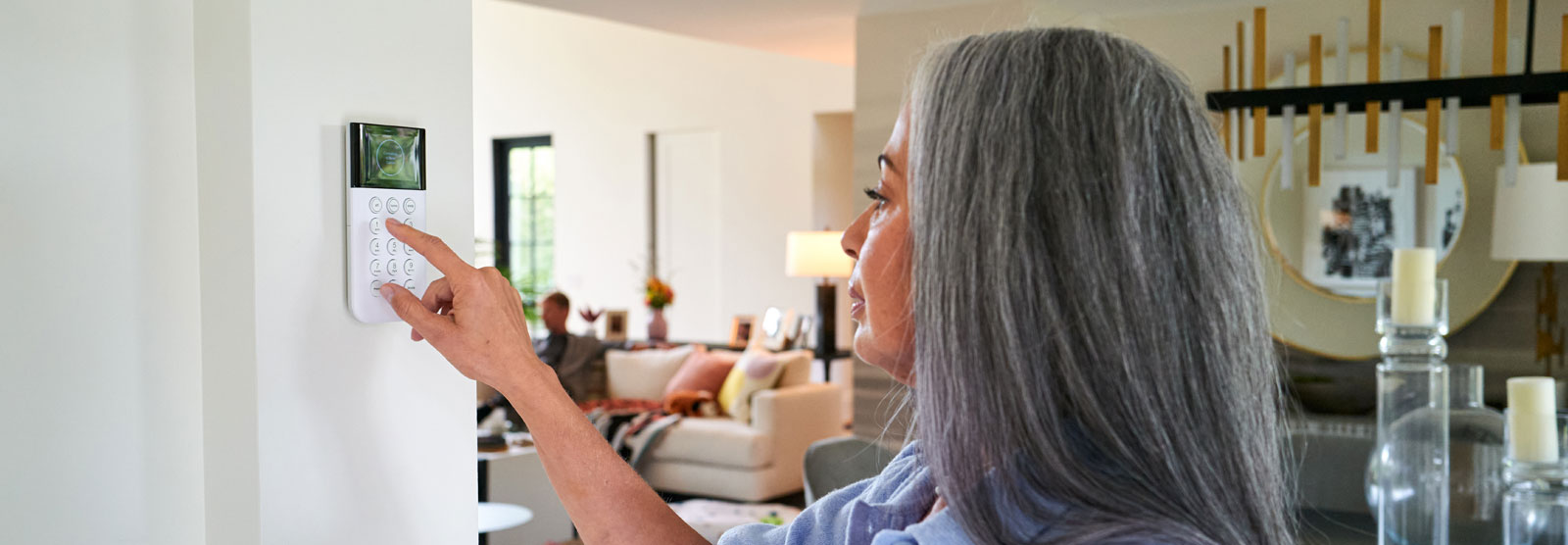
Dr. Lakelyn Hogan Eichenberger,
Ph.D., gerontologist and caregiver advocate at Home Instead
America’s population is aging and older Americans (age 65 and up) are one of the fastest-growing demographics in the country. We’re living longer and, in many cases, better lives.
For most, a better life means being able to spend it living in their own homes. And doing that, generally requires some level of outside care. According to a 2021 report, 53 million Americans are providing unpaid care for relatives and friends.
“Many people don’t even realize they’re caregivers,” said Dr. Lakelyn Hogan Eichenberger, gerontologist and caregiving advocate at Home Instead, a franchise organization that specializes in helping older adults age in place. “You’re not just helping your mom – you’re a caregiver. You need to see yourself as one so you can get greater access to resources and support.”
One of those resources can be in-home services like those the Home Instead® franchise network provides. “Caregiving can feel very isolating. As a caregiver, you may not realize you need help until it’s almost too late. There is no universal guidebook to this.”
For those who need support, Home Instead can provide relationship-based care services that enable older adults to live safely and comfortably in their own homes for as long as possible – often with help from technology. Technology can help keep older adults connected and safe, something that can be life-altering for them and for those who love them.
November is National Family Caregivers Month (NFCM). The observance offers an opportunity to raise awareness of caregiving issues, educate communities, and increase support for caregivers.
“Caregivers are juggling so much,” Lakelyn said. “If we can use technology and take one little task off their plate, it’s going to make their caregiver role so much easier.”
When it comes to adding assistive technology to the home, getting the care recipient onboard is job one. It begins with a conversation to explain what the device or technology is and why it’s going to be helpful. It’s important for the individual to be comfortable and open to the idea. “Be respectful of your loved one’s privacy and independence. Remember they are adults – they may not like the thought of being tracked,” Lakelyn said. “It’s a delicate balance.”
Safety is the primary objective and environment is often the biggest barrier to aging in place, Lakelyn said. She suggested that a first step is looking at the home room by room. This checklist can help. Lakelyn further offers these suggestions:


